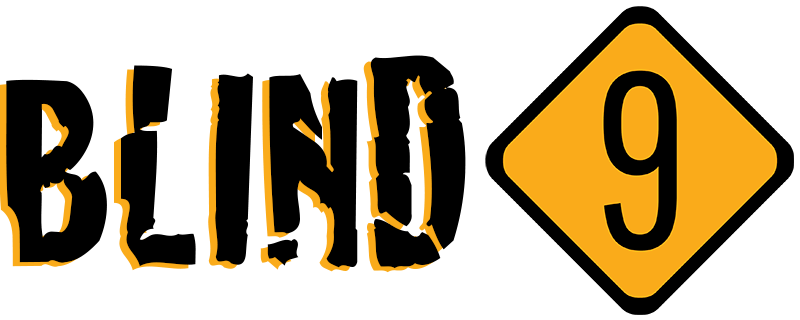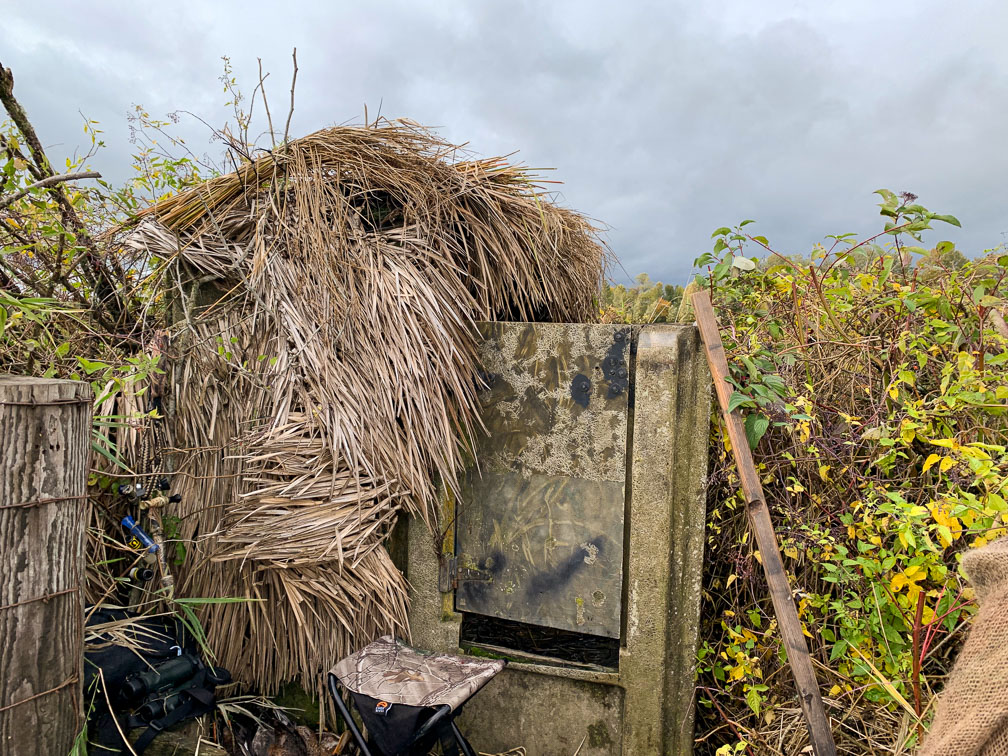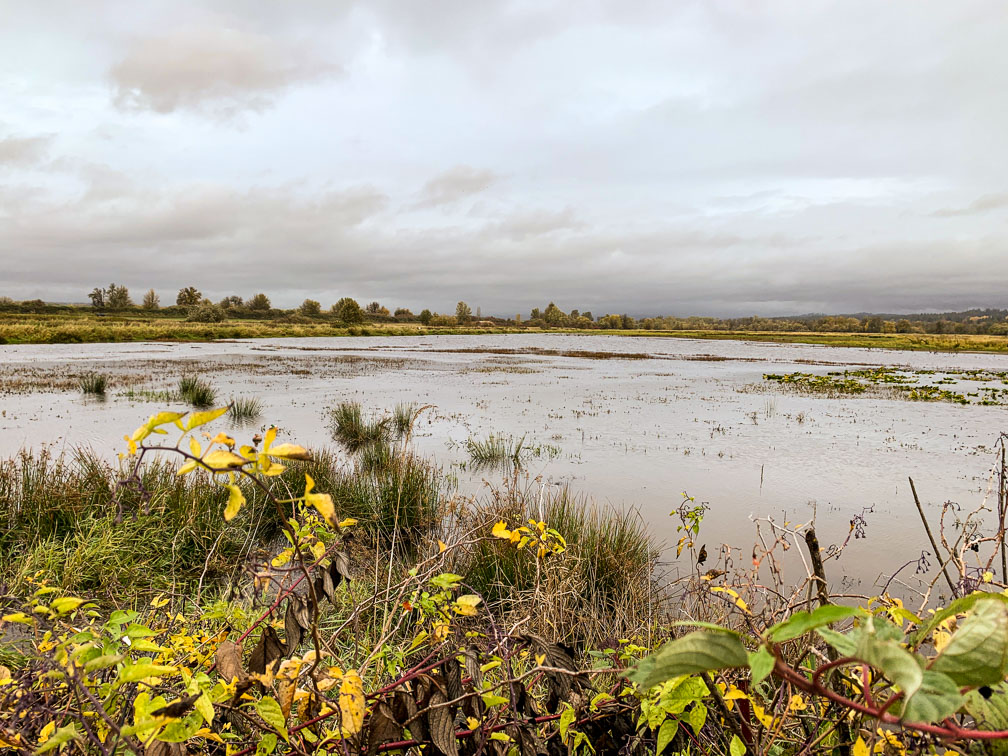Aside from opening day hunts I usually don’t get too excited about early season ducks hunts. Most of the birds have been blown out of the hunting areas on opening day, leaving wary leftovers. Couple that with usually good weather, which happens to be bad for duck hunting, and October hunts in the Pacific Northwest can be pretty slow.
This was not a typical early-season hunt. We pulled a three-man limit, 21 birds, on this day.
Don’t Be Those Guys
My friend (who shall not be named because he played hookie from work, as did his son from school) drew the third pick in the lottery. Unlike when you have the first pick, with the third pick you don’t face extreme pressure from your buddies to choose the best blind. Instead, you can focus on your top three and take what the two preceding groups leave you.
However, the group with the first pick showed up but did not check in, thereby surrendering their pick entirely. I’m glad I didn’t have to ride home with them. Don’t be those guys and always check in.
The second group chose blind 2, which is a personal favorite and had done well during the first week of hunting. We had been debating whether blind 2, blind 18 or blind 14 would be the best bet. We had settled on blind 14 as our pick because it was threatening to rain all day and we wanted to be covered. Blind 14 is an enclosed box blind, while 2 and 18 are both uncovered pit blinds.
Setting up for Wind Conditions
Blind 14 is a relatively short walk from the parking area and we got to the blind with a lot of time to ponder setting up decoys.
The wind was projected to blow about 10 mph from the south southeast, which is nearly ideal for blind 14 since it faces north. As you know, the wind is your friend in duck hunting. Many of the birds would be landing feet down, towards the blind, presenting much easier shots.
We decided to do a defensive decoy set. We placed our decoys away from the blind, in areas where we did not want the birds to land. Blind 14 has larger bodies of water in front and on either side of it. So we placed our decoys parallel to the banks of the water on either side, about 30 yards away. This left lanes between the decoys and the blind for ducks to land or traverse if they decided not to commit.
This type of set is something I like to do at Ridgefield for a few reasons. First, most of the birds, aside from those on opening day, are already pretty decoy shy at Ridgefield. Second, most of the time ducks don’t like to fly low over decoys, or, presumably, over other actual ducks either. I’m not sure why but maybe they’re simply being cautious. Finally, this type of set also gives you simple shooting markers. You can shoot anything that’s inside the lanes and low enough and you can pass on anything outside the lanes.
We also plunked a few decoys in the weeds behind the blind. We didn’t want duck dropping in back there where we could not see them.
Finally, we dropped two mallards on a jerk string in the weeds just in front of the blind. We could use them to create ripples on the water if we needed some movement to attract birds. It turned out we really didn’t need the movement during this hunt.
A Swarm of Northern Shovelers
Once we finished messing with decoys we settled down and waited for legal shooting time. For the 20 minutes prior to shoot time, we often heard ducks buzzing the blind and even glimpsed a few dumping into the water around the blind. It was looking like a good day!
At legal shoot time, we immediately got a look at a group of northern shovelers (spoonies) that dropped out of the sky right into a lane. We dropped two of them and we were off. We bagged about 2/3 of of our 21 birds in the first two hours of the hunt, as our area of the refuge was thick with shovelers. When we weren’t out retrieving we were tracking birds. It was a lot of action and a lot of fun.
There were also pintail in the area. I presume the “bomb cyclone” that hit the Pacific Northwest a couple of days earlier blew them in from the coast. By 9am we had each dropped one. We then had to be more careful about identifying them as they buzzed the blind so we would not go over the single-bird limit.
In addition to the pintails, we ended up with a green winged teal and a widgeon. The rest were spoonies.
Later in the season I will let spoons sit in the water by the blind in hopes of bringing in other birds. I will pass on them entirely when hunting in the mallard-thick eastern part of the state. But, since this was the first hunt of the season, we all were eager to drop some birds and did not feel particularly picky!
What We Learned in Blind 14
We often have to mess with decoys throughout the day as we adjust to what the birds are doing. But with the right wind conditions and a little experience we got the setup spot on this time. Read the wind and leave some lanes for the ducks.
Also, despite none of us even picking up our shotguns all season (I don’t think I even cleaned mine from the last hunt in the previous season) we managed to shoot OK, not great, but nothing to hang our heads about. It helps that shovelers are particularly fragile and seem to die with a single pellet in them.
Blind 14 and friend-who-shall-not-be-named, thanks for the memorable early season hunt!


